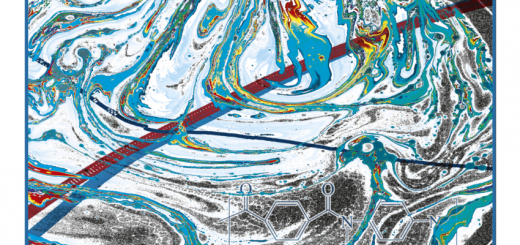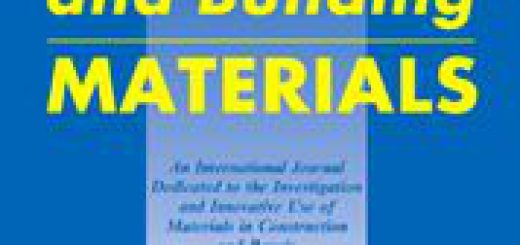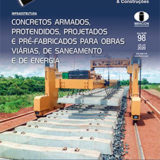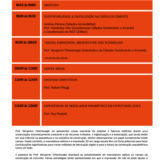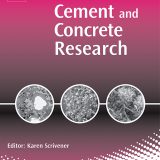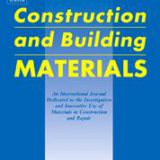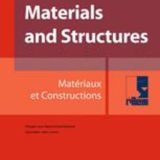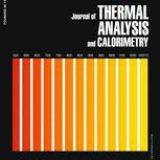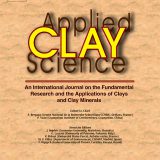Autores: Fujii, Alessandra L.; Torres, Danilo R.; Romano, Roberto Cesar de O.; Cincotto, Maria A.; Pileggi, Rafael G.
Revista: Construction and Building Materials (doi)
Disponivel online: 15 de Outubro de 2015
Abstract
Although the use of slag Portland cement has many benefits, its chemical reaction is slow in comparison with binders of high clinker content. At the same time, the search for uses of bauxite residue (BR), or red mud as is commonly known, in cementitious compositions has been quickening in recent years due to the need for large-scale applications of this waste. It is known that the interaction Portland cement–BR, improves certain hardened-state properties, but its transition from fluid-to-solid behavior is still not well-understood and has great practical importance. By associating slag Portland cement and BR, the large amount of sodium content in the BR can help the slag reaction, which changes rheological properties over time. Therefore, in this work, superplasticizers, based on sulfonated melamine and/or sodium polycarboxylate molecules were used to minimize these effects, and their influence on the fluid-tosolid transition behavior was monitored through isothermal conduction calorimetry and oscillatory rheometry. The results showed that the BR delays the induction period, increases the reaction rate in the acceleration period, and accentuates the Aft formation and particles’ agglomeration. It was also found that sodium polycarboxylate influences hardening significantly, delaying hydration reactions and stabilizing
particles in suspension for a longer period of time.

